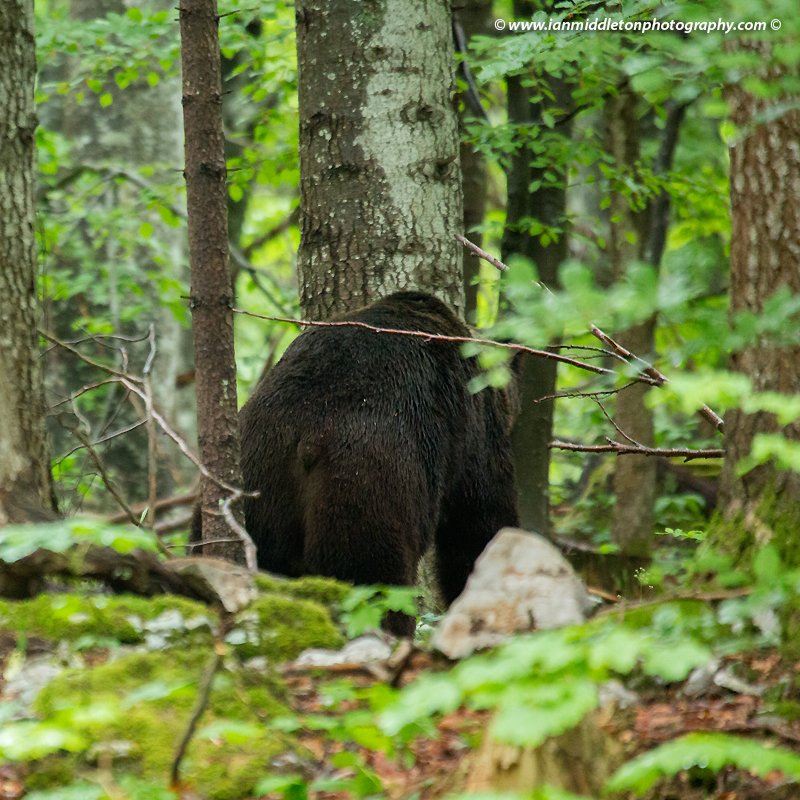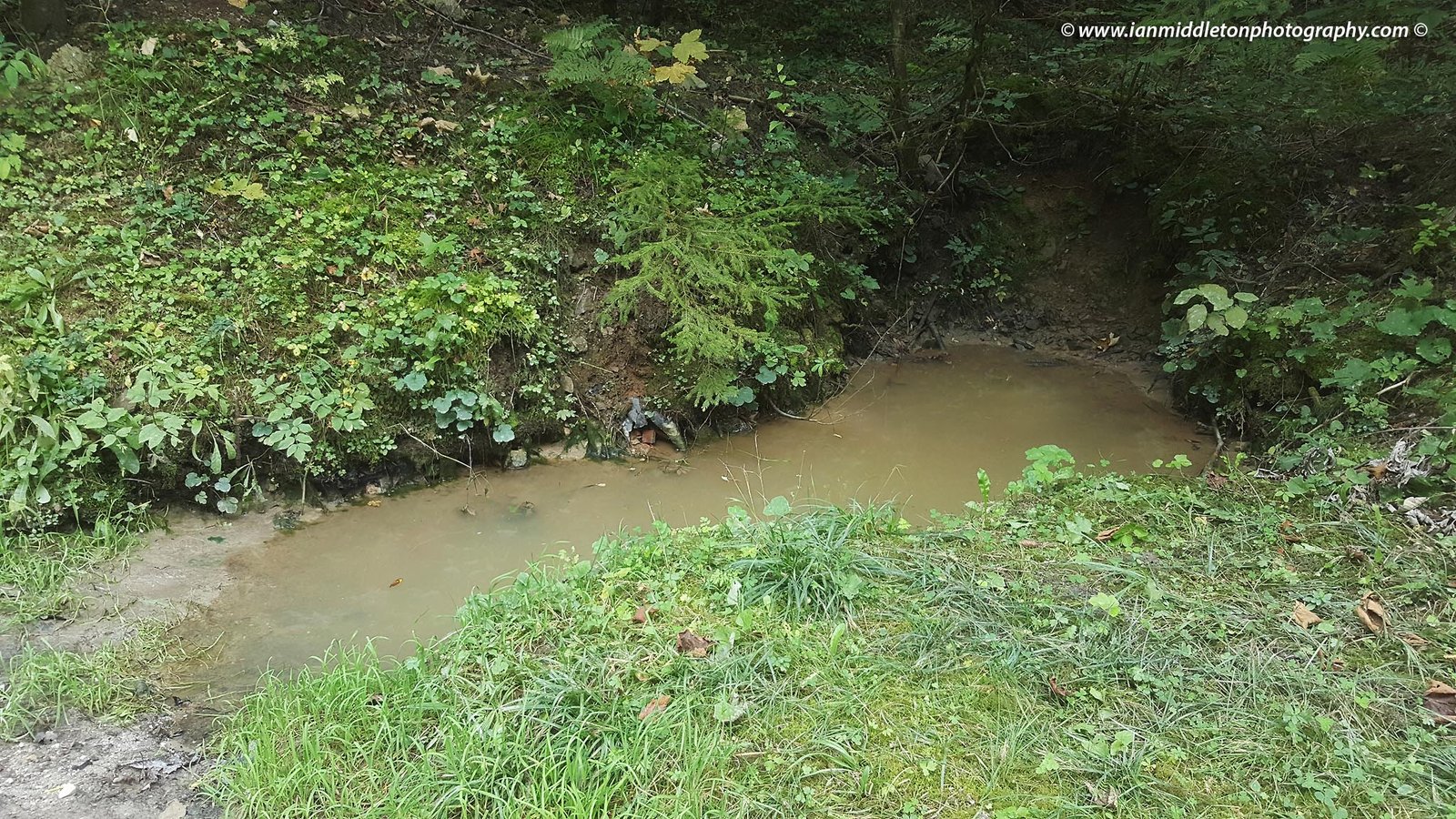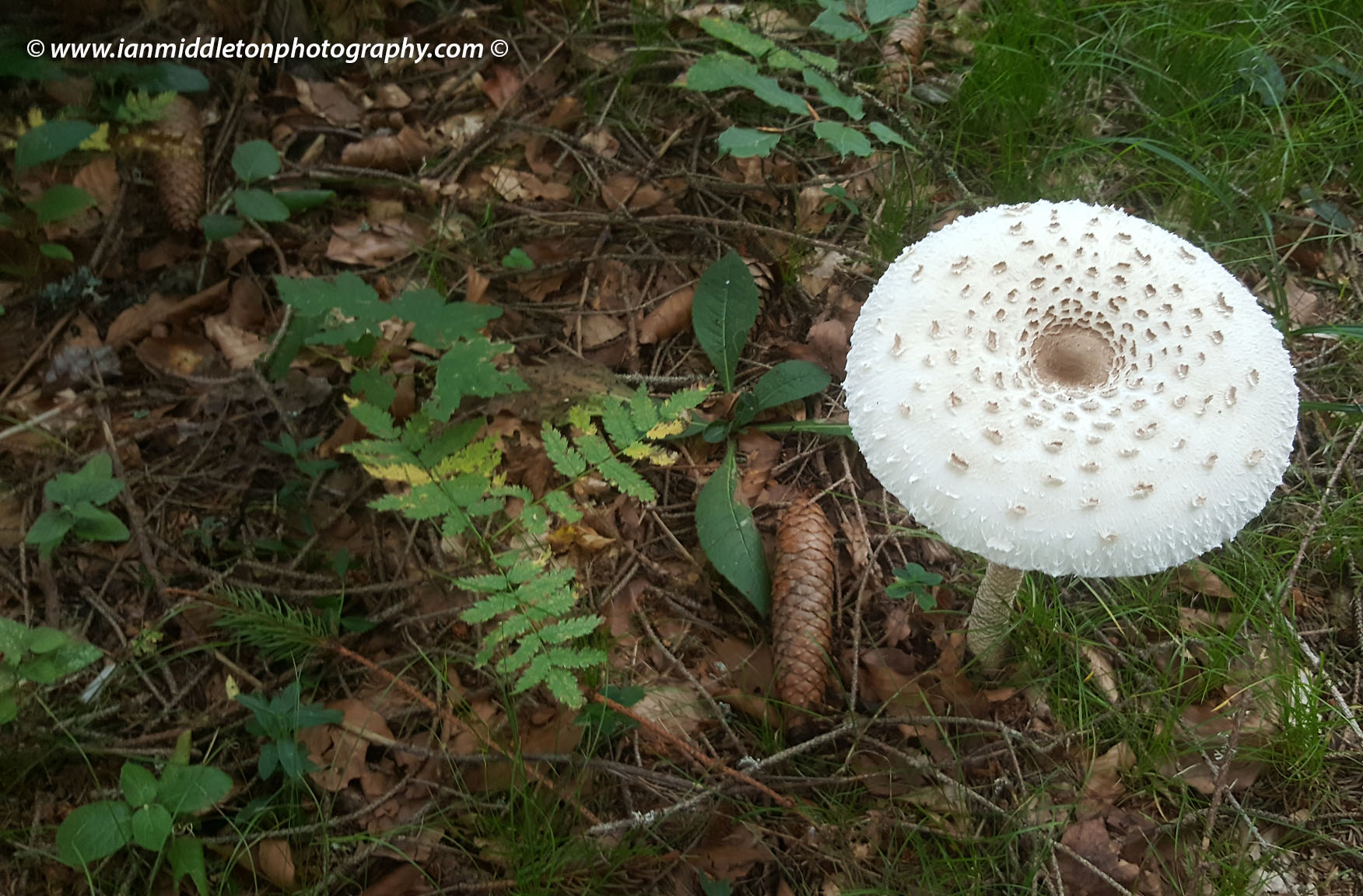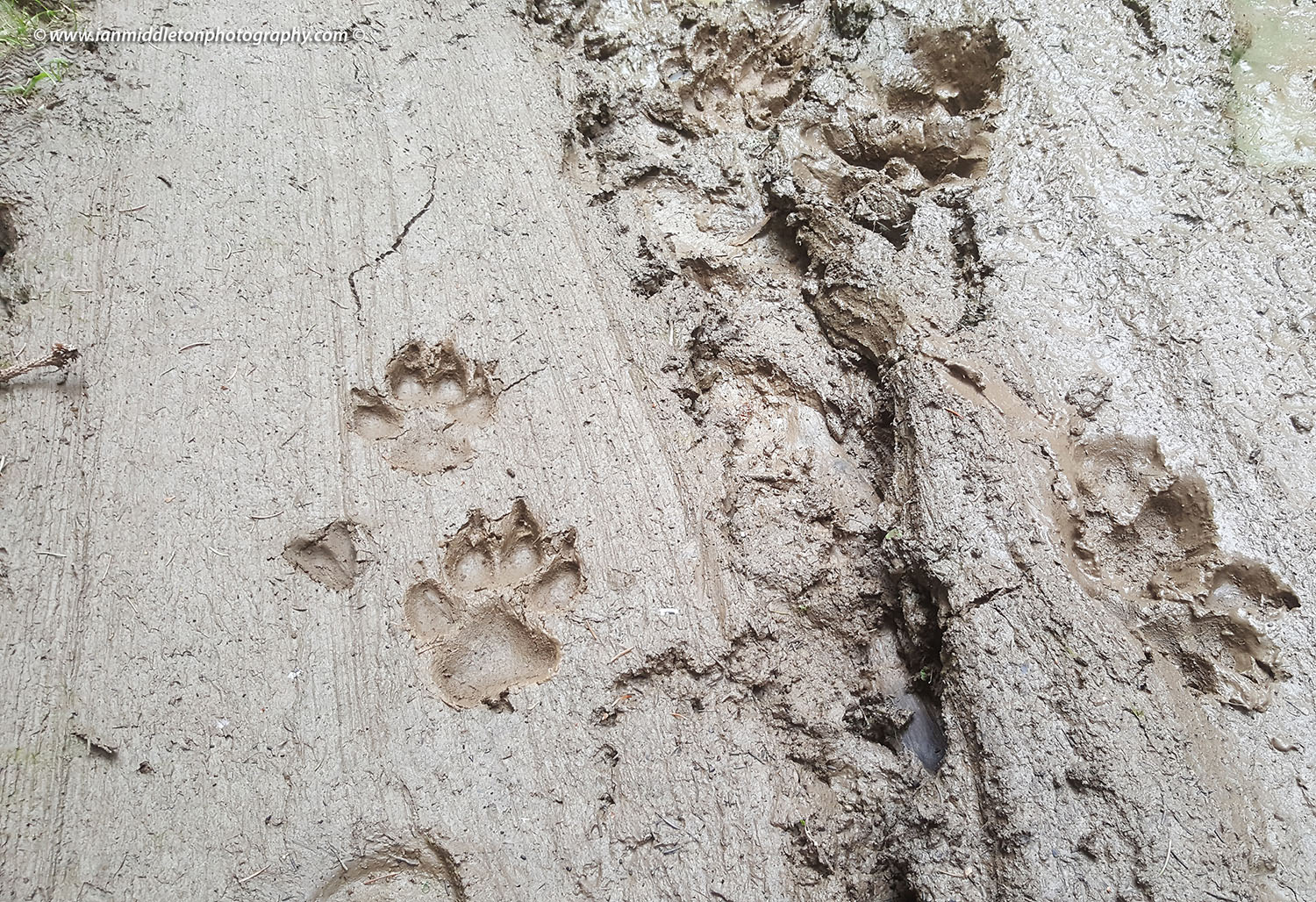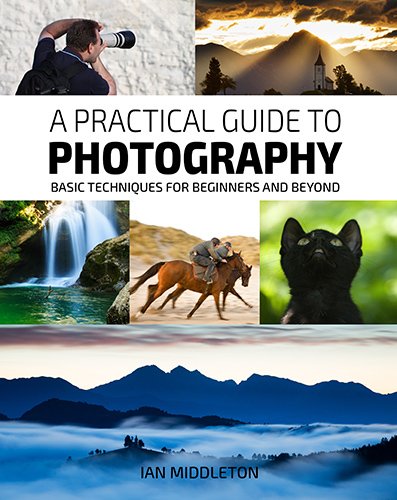Disclosure:
While I wasn’t paid for this article or the related video, I was given the tour for free courtesy of Bears and Wildlife Tours. However, the views and opinions expressed here are entirely my own and have not been influenced by the free tour, nor have I been told what to say or write by the company.
There are bears in Slovenia
A leisurely walk in the woods in many countries, especially in my home country of England, invokes an image not only of peace and tranquillity, but also one of relative ease and safety. One of the advantages of the UK is that nothing really dangerous lurks in our woods; other than the odd crazy person with an axe or a gun. In Slovenia however, while you are less likely to encounter an axe-wielding homicidal maniac, there are other more natural dangers to be aware of: There are bears in Slovenia.
If you go down to the woods today, the likelihood that you’ll encounter a bear is extremely low. Over the years I have frequently gone driving and walking in areas where I had hoped to see or photograph them. Not a single sighting. Yet there is an estimated 800-900 European Brown Bears in Slovenia, bearing in mind (pun intended) that many of these bears and other wildlife routinely wander between Slovenia and Croatia. The brown bear is an elusive creature and at best it’s safer to go with a hunter, or an organised tour.
A few years back I did manage to find someone who had setup a series of hides specifically designed for photographers, so I was able to finally go on a bear watch and capture some great photos. However, while these are ideal for serious amateur or professional photographers, they are not so good for tourists who simply want to see the bears but don’t have the expensive camera equipment required to photograph them.
So imagine my delight when I found Bears and Wildlife Tours. Based at the tourist office in the little village of Hrib, in the municipality of Loški Potok, they offer an array of wildlife watching tours as well as bear viewing huts. But the most intriguing of all, was the offer of staying the night in a simulated bear cave. I had to go and see.
The journey took me south from the capital Ljubljana to the border with Croatia, where I met with Tjaša, who organises and coordinates the tours, and Stanko, a local hunter and guide. We were already late into September so they told me that the chances of a sighting were low because the bears usually come out late in the evening, and as the sun is now setting earlier it would more than likely be dark by this time. But they would take me to see what they had to offer anyway.
Over a strong cappuccino, they told me a little about the bears and what they offer. They currently have about 7 hides in total, 3 in the Loški Potok region. This gives them much more scope to ensure a sighting for their guests. “We have never seen the same bear at each of our hides. The bears travel around 60kms per night or day. Many go from Loški Potok to Cerknica, and of course across the border,” said Tjaša.
The bears tend to travel over a specific area. A mother bear can remember from 5 years before where she got a good meal. Amazing, I struggle to remember where I ate yesterday!
Their numbers are increasing. In 1960 there was an estimated 150 bears in Slovenia. In 2018 that number was around 900. These numbers apparently swelled during the Balkan conflict; where many bears I guess fled here for asylum! I asked how it’s possible to know the numbers. “Hunters collect bear poo and send it to Ljubljana to the institute and from the DNA they can estimate their numbers. Every year the number is increasing,” replied Tjaša.
Mother bears in Slovenia are now giving birth to 3 cubs instead of 2. Rarely before have bears had more than 2. This is also an indicator that the quality of their habitat and food source is improving. 2018 was a particularly good year for food, as conditions that year made not only the forest rich with food, but the village orchards were overgrown with fruit. Stanko explained to me how September 2018 has seen an unusual rise in bears coming into the villages, much more than previous years. In autumn the bears in Slovenia are fattening up for the winter hibernation.
The improved quality of the habitat is partly down to conservation work, and rules being enforced that prevent hunters or bear tour organisations from feeding the bears in Slovenia within 2kms of a village. This helps stop the bears from wandering into villages in search of food and prevents any incidents with locals, and also accidents with cars. One of the biggest threats to the bears is being hit by cars.
Every year the government sets an annual cull to try to control the population. For 2019 it was 200, increased from previous years because of the reasons above. However, this decision was suspended by the administrative court after a case was brought by the environmental protection organisation Alpe Adria Green (AAG).
A Winter Den and Bear Jacuzzi
After coffee we headed out for the first part of the tour. Stanko drove us to a location a few kilometres outside of town, where we stopped beside a forest road. He pointed to the forest and said that just up the hill is a winter den for a mother bear.
He explained that bear dens are always close to water, so they can often be close to the road and village. Stanko and Tjaša then pointed to a stream running out of the forest to the roadside and told me how the bears will seek out sources of water, especially when it’s very hot.
These pools of water or streams are mostly deep in the forest well away from people and villages. However, they are also found on roadsides like this close to villages, because the water that runs off the forested hillsides collects in pools by the road. Stanko explained how he regularly comes here deer hunting and early one morning, around 5am, spotted a bear immersed in a pool of water up to its neck, with just its head poking out the surface.
“I call it the Bear Jacuzzi”, he laughed.
The bears often come to these roadside pools to cool off in the heat of the summer days, and Stanko, and likely many locals, see them as they drive these forest roads.
Mushrooms – A national sport
I then followed them up the hill to the winter den. On the way Tjaša picked some mushrooms and described how to prepare them. Mushroom picking, along with other forest fruits, is a national sport here in Slovenia. Every season the forests are packed with locals out mushroom picking, and they are usually racing each other to get the best and most. She also explained how to tell the difference between a poisonous and non-poisonous one. The non-poisonous mushrooms have a circular piece on the stem, as seen in the photo below.
“I’ll take these to my mother in law’s tomorrow for cooking,” I said.
I feel I should add here that I fully intended to give my mother in law the non-poisonous mushrooms.
Slovenian folklore says that if you see a mushroom in the forest you must pick it immediately, no matter how big or small it is. Once someone has seen it, the mushroom will stop growing. Tjaša also explained that when you pick a mushroom you must clean it there and then in the forest before you take it away.
The bear cave
Bears hibernate during the winter in a den, essentially a small cave deep in a hillside. The entrance is narrow, but inside it is very wide and deep. The bear can get inside because its head and neck are very small and it doesn’t have a collar bone, so can squeeze its body through.
The bears enter the den when the first snow comes, or before if it’s a pregnant female. She will give birth in January and emerge from the den in April with her cubs. The cubs remain with the mother for two years. Therefore the bear has cubs every three years.
The male bear typically weighs 300kgs, while the female weighs 150kgs, so they can tell by the small size of the den that this is for a female only.
Responsible tourism
Bears and Wildlife Tours believe in keeping tourism to a minimum. To that end they don’t have tours every day in the same location. This way the wildlife isn’t disturbed too much. Bears can smell fresh blood from up to 4 kilometres away, and have excellent hearing too. If too many people are around the bears will hear and keep well away. Unless you are hunting!
On the way to our next destination, the viewing cave, Stanko told me a story about a time he shot a roe deer. Afterwards he placed his rifle against a tree and proceeded to cut open the deer and gut it. When he had finished pulling everything out, he took the gutted deer to his vehicle about 400 metres away.
Upon his return, Stanko got to within 100 metres to discover that between him and his rifle was a big male bear feasting on the leftover deer. It was not the most ideal of circumstances, so Stanko had no choice but to patiently wait before he could retrieve his firearm.
So to not only ensure the safety of visitors, but also ensure they don’t scare away the bears and other wildlife, they practice responsible tourism and ensure the numbers are kept low, and wildlife tours are conducted in different places each time.
There are very strict rules governing hunters and tourist organisations offering wildlife tours or trips to see bears in Slovenia. Along with the 2km rule, it is forbidden to feed the bears with farmed meat. But when gutting a deer it’s permitted to leave the leftovers in the forest for the bears to find, as long as they don’t find you first! But while an attack is undoubtedly terrible for the victim, it also means a death sentence for the bear. Once a bear has attacked a human being, it will be hunted down and killed. So these rules are not only there to protect people, but to protect the bears in Slovenia too.
Despite its love for meat, bears are actually 90% vegetarian. A sobering thought when you are just about to trudge through bear country.
Off to the bear viewing cave
We then headed off to the starting point of our walk deep into the forest to one of their viewing huts and, in this case, the bear viewing cave which you can sleep in. Along the way we spotted some wolf tracks, apparently attracted here because it’s deer mating season. As we got deeper into the woods I was told that from here on we must be very quiet and talk in whispers, or else the bears will sense us. In our case, we were here to spot them, so didn’t want to scare them off.
I just hoped the big bucket of apples that Tjaša was carrying wouldn’t encourage them to overcome their fear of humans!
What to do if you encounter a bear
Contrary to popular belief, bears are not the man-eating beasts they can often be portrayed as. In fact, they are very nervous creatures and will likely hear you first and keep well away. Attacks are usually the result of a bear being startled by a walker, or often a bird watcher who is not making any noise; or a photographer sneaking around to take photos. The bear will only attack if it sees no means of escape. Or if you inadvertently come between a mother and her cubs, you’re in for trouble.
Ordinarily when walking in the woods the advice is to never walk alone, and walk and talk (but don’t shout), make as much noise as possible in order to stay safe and avoid startling a bear, or other wild animal. This way the bear will hear you first.
There are many stories about what to do if you happen to surprise a bear. Although the instinct is to run, this is apparently the worst thing to do. A bear can run much faster than you, and if you run it will see you as a threat. Some say you should grab a stick and make yourself look big and loud. If the bear charges at you, remain still. Chances are it is a bluff and will veer away at the last minute. An elderly American once told my dad that he had done this. He stood his ground and sure enough the bear veered away at the last minute and ran off into the forest; and the man no doubt headed off for a change of underpants. Apparently, if it isn’t a bluff then your only option is to drop to the ground and curl up into a foetus position; and cry like a baby, I imagine!
Another crazy theory I heard is that you should run downhill, because the bear’s front legs are shorter and it cannot run fast downhill. But Tjaša laughed and said that the bear will still outrun you.
Tjaša’s advice is simple: back away slowly, always keeping your eye on the bear and it will very likely run away from you.
The Bear Cave
When we arrived at the viewing spot, a wide open meadow at the edge of the forest, Stanko went off alone first to check it was safe. Then they both prepared the food they would put out to try and attract the bears; Tjaša didn’t touch the food to ensure any human scent was kept to a minimum. For obvious reasons, the area was a short distance away from the viewing area. Tjaša explained that, for the reasons above, Stanko alone must go; no one else, not even her.
This particular viewing area is actually right beside the Croatian border. There are two places from which to observe the bears. The first is a viewing hut setup for both photographers and casual observers. The second is the specially designed bear cave. Here they have built a small wooden room into the rocks that is designed to simulate a bear’s den. Inside I was surprised to discover a cosy double bed and a row of seats next to small windows that look right out across the field to where the bears will hopefully come.
Stanko returned with a special night vision camera that they clamp to a tree where the bears are. It is triggered by movement so they can see when they are active at night. The previous night they came at 9pm, after dark. This was not looking promising for me. But as they had explained I was well into September now so the chances of a sighting during daylight were much lower.
The camera also showed a bear was here at 8.30 in the morning. So this goes to show that a night in this bear cave will undoubtedly increase your chances of a sighting. Sadly, commitments elsewhere meant I couldn’t stay the night.
The best time to take this tour is in high summer, from late May through June and July. August is also a possibility. The tours start at 16:00 and end at 22:00. There are several observation points like this, all on hills in areas of wide open space with lots of light.
But there is only one bear cave, and in this case you get to spend the night here. Naturally this increases your chances of a sighting, because you can also wake early and likely see them in the early morning.
Soon after, Tjaša and Stanko left. Just before he bolted the door, Stanko looked at me and said: “Do not go outside.”
I had no intention of doing that.
I was alone. All was quiet. I settled down for the evening, camera ready. When I had been on the photography tour a few years before we were extremely lucky that, not more than 30 minutes after settling into the observation hut, a couple of one-year old cubs came, followed by the mother and soon after a big male.
As the time ticked away I continued to live in hope. A bird of prey was swooping by occasionally, but sadly no bears.
Stanko returned to collect me after dark, and we trudged on through the forest without torches back to the car. Along the way he told me how he had been privileged to see a lynx in the forest. The Eurasian Lynx was reintroduced to Slovenia in 1973 by a hunter’s initiative. The current population is estimated at about 15-20. Thus not only are their numbers low, but they are very shy animals so a sighting is extremely rare. He showed me a photo he had. “It was a big privilege for me,” he said, proudly.
The love and respect that both Stanko and Tjaša have for the bears and other wildlife, is clearly evident.
All this just goes to show how difficult it can be to spot the wildlife, and how important it is to go with an organisation like Bears and Wildlife Tours. Not only will they ensure your safety, as long as you follow their rules and instructions to the letter, but it will increase the chance that you too will be privileged enough to see one of these magnificent animals in their own habitat.
I had seen them before, but sadly not this time. However, I plan to return in May or June for another tour, and maybe even an overnight stay in a bear cave!
Info
If you would like see bears in Slovenia, then visit the Bears and Wildlife Tours website. They also offer other wildlife tours, including as well as the bear cave, the opportunity to sleep on a rocky shelf in the forest and experience the sights and sounds of nature, with your guide there to keep you safe.
More info and bookings here: www.bearsandwildlife.si
Bears in Slovenia video:
Check out the video for this trip here:
